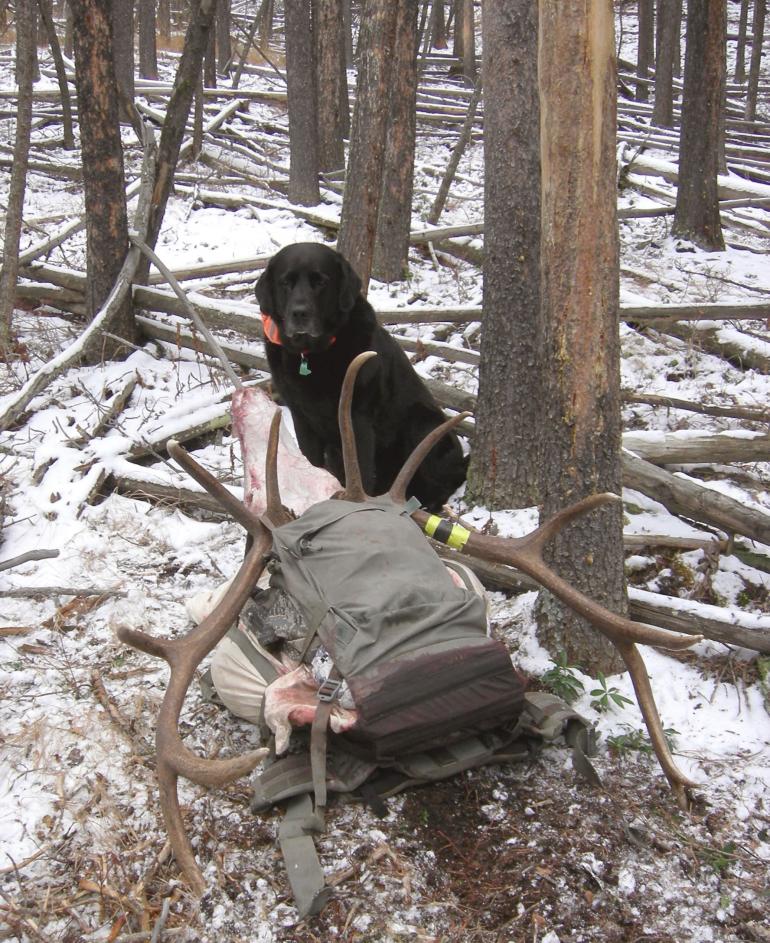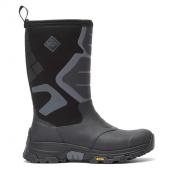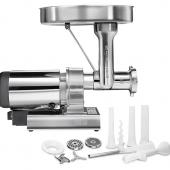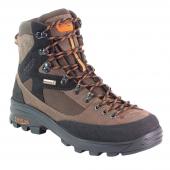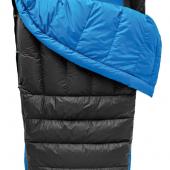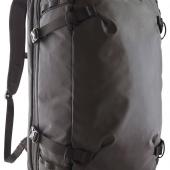Review: The Backpacking Hunter
Going light.
Every elk hunter treasures the hunting camp: the roomy wall tent, toasty woodstove, and scenic horseback ride in. But experienced hunters know that trophy elk wander far from the odors, noise, people, and horses of a base camp. They often establish “spike camps”—minimalist stealth camps located miles from base camp that put you in prime areas at daybreak without requiring you to break trail by moonlight and risk spooking game.
Spike camps are established on foot, so you must carry your gear and supplies in a backpack. This is typically an intimidating practice shunned by many hunters. The combination of camping gear, extra clothing, food, and weaponry can result in an absurdly heavy load, especially if, like me, you like to hunt at high elevations, far from any trail.
However, a 60-pound pack is not a requirement to establish a successful spike camp. When I hunt in the fall, even in the coldest conditions for up to five days at a time, my pack weight seldom exceeds 25 or 30 pounds. By focusing on modern ultralight equipment and techniques, you can significantly lighten the load needed for a safe and comfortable spike camp.
Shelter
You don’t need a four-season tent for fall hunting in Montana. Opt for a lighter tent, or even a tarp. There are plenty of shelter options that provide all-season protection for very little weight. The following shelters are all available in the muted colors, such as gray or forest green, coveted by stealth hunters.
•GoLite Hut Floorless Shelter – 15 oz (golite.com)
•TarpTent Squall 2 (floor optional) – 28 oz (tarptent.com)
•Big Sky Products Evolution 2P Tent – 3 lbs, 1 oz (bigskyproducts.com)
Clothing & Sleep System
Treat your clothing and sleeping bag as a “system”—you don’t need a bag rated to zero degrees if you are already taking plenty of cold-weather clothing. Wearing clothing to bed, and using a lighter sleeping bag, is a great way to save weight and adhere to one of the core principles of lightweight backpacking: choose multiple-use gear. Using insulating clothing filled with high-loft Polarguard or Primaloft offers three times the insulation of a fleece garment at half the weight:
•Patagonia Micro Puff Jacket – 20.5 oz (patagonia.com)
Sleeping bags that forego bottom insulation (replaced by your sleeping pad) put the insulation where it matters most: over your top and sides, offering the same temperature ratings as conventional bags while saving 30% of the weight.
•Western Mountaineering Pod 15 – 3 lbs (westernmountaineering.com)
•Big Agnes Zirkel – 2 lbs, 6 oz (bigagnes.com)
Cooking Gear
White gas stoves (8 oz to 2 lbs) are unnecessary for any season except winter, when you need to melt snow for water. Canister stoves that burn isobutane fuel offer tremendous weight savings and weigh only three to four ounces:
•MSR Superfly – 4.6 oz (msrgear.com)
•Vargo Jet-Ti – 2.7 oz (vargooutdoors.com)
Planning your meals in smaller portions that require less water means you can use a smaller pot. A one-liter titanium pot (see www.snowpeak.com) weighs less than 5 oz and offers plenty of capacity to rehydrate packaged freeze-dried meals with water left over for a hot brew. Compare that to more conventional 2L aluminum or stainless steel pot, which can weigh as much as 12 oz.
Water / Hydration Strategy
Hard-sided Nalgene bottles weigh five ounces each and only hold a liter of water. Cascade Designs’ Platypus bottles with a 2L capacity can weigh as little as 1.2 oz and easily withstand the rigors of backcountry camping.
Water filters are the most common form of backcountry water treatment. But at 8 oz to a pound and a half, they are heavy. Try the MSR Miox (msrgear.com), an electrochemical water treatment system that weighs only 3.5 oz, or an Aqua Mira chlorine dioxide kit (gearaid.com), which acts fast, is easy to use, and leaves water tasting far better than that treated by iodine pills.
The best way to save weight on hydration gear: carry less water, and fill up more often when you come across springs, creeks and lakes.
Backpack: Game-Hauling Strategies
Backcountry hunting is no place for an ultralight backpack designed to carry 20 pounds or less, because it won’t provide enough support for hauling out meat or antlers. Even though you’re carrying a lighter load now, consider investing in a lightweight but robust internal or external frame backpack capable of hauling the meat you want to carry. For serious load-hauling capacity, try packs from Mystery Ranch (mysteryranch.com), Kelty (kelty.com), Badlands (badlandspacks.com), or Kifaru (kifaru.net).
The ultralight option: stick with an ultralight frameless pack (some weigh less than two pounds, and are available from GoLite, Granite Gear, Gregory, and others). When you bag your animal, gut and hang it, and return with your frame pack, game hauling gear, or a mule.
Ryan Jordan is the publisher of Backpacking Light Magazine (backpackinglight.com) in Bozeman, and an avid ultralight backpacker, backcountry fisherman, and hunter. Ryan regularly hikes distances in excess of 300 miles without resupply, with a starting pack weight, including food and water, of less than 20 pounds.


